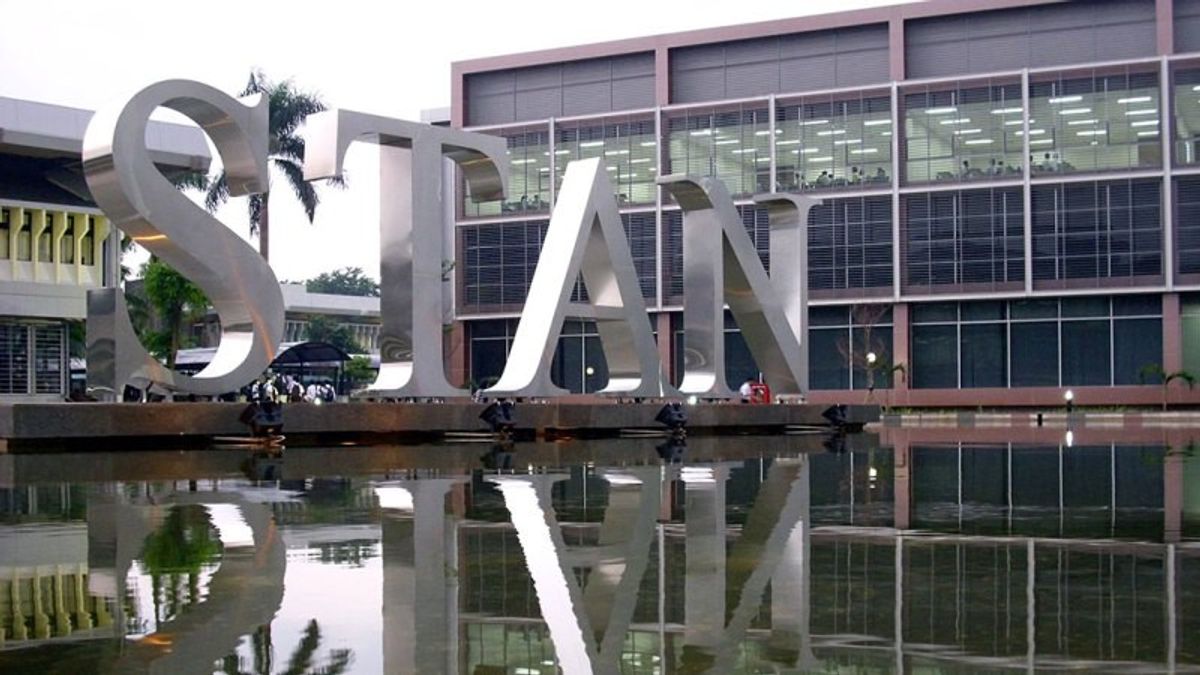YOGYAKARTA Did you know that the Government does not only have a State-Owned Enterprise (BUMN), but has a Public Service Agency (BLU). However, not many people know the difference between BLU and BUMN. The following article will provide information regarding the differences between BLU and BUMN.
In general, SOEs and BLUs are both formed to provide maximum service to stakeholders or stakeholders in the government. However, both have differences.
Quoted from the DJKN website of the Ministry of Finance, SOEs can be likened to semi-private ones, while BLU is likened to semi-BUMN. The BLU examples that are commonly encountered by the public are state universities, public hospitals (RSU), laboratories, motor vehicle test centers, STAN, LPDP, and so on.
Meanwhile, the examples of SOEs are PT Pertamina (Persero), PT Telekomunikasi Indonesia (Persero) Tbk (Telkom), PT PLN (Persero), PT Bank Rakyat Indonesia (Persero) Tbk (BRI), PT Bank Mandiri (Persero) Tbk, and so on.
Some of the differences between BLU and BUMN are as follows, according to Budi Waluyo, PKN lecturer STAN, as reported by the Ministry of Finance Learning Center.
The orientation of BLU and BUMN is different. Blu is not profit-oriented or can be called not for profit. Although in practice BLU is allowed to seek profit, that is not the main goal. This is in contrast to SOEs whose orientation is profit.
The profits obtained by BLU will be used to develop organizations such as improving service quality, procuring additional assets, and expanding service access. Meanwhile, SOEs in the form of corporations will provide benefits to their owners.
BLU and BUMN have different positions in State Finance. SOEs are part of separated state assets or KND. Meanwhile, BLU is domiciled as part of the country's wealth. All the wealth owned by BLU will go to the central government's financial statements. Meanwhile, SOE wealth is only reported for the BUMN itself.
BLU is a semi-autonomous organization, while SOEs have full autonomy. The autonomy that BLU has is limited, such as limiting profit seeking to limiting BLU investment which is only allowed in the short term.
BUMN financial management is not recorded in the APBN. In revenue management, SOEs have their own mechanism. Meanwhile, BLU's financial management is included in the state budget mechanism. This means that BLU's revenue and expenditure will be recorded in the state budget.
BLU has the flexibility of the Minister of Finance in the work unit (satker). The institution may have the remainder of the year-end balance and does not need to be deposited into the state treasury so that it can enter the budget the following year.
BUMN and BLU employees are also different. BUMN employees have the status of non-state civil servants (ASN). Meanwhile, BLU employees are ASN and some are non-ASN.
As mentioned earlier, BLU and BUMN have advantages even though the orientation is different. When BLU has a profit, it becomes non-tax state revenue (PNBP). BLU must report the income received and spend regularly on KPPN. Meanwhile, BUMN is different.
The profits obtained by SOEs will be taxed, while BLU profits will not be taxed for being a government agency.
That's information related to different BLUs and SOEs. Visit VOI.ID to get other interesting information.
The English, Chinese, Japanese, Arabic, and French versions are automatically generated by the AI. So there may still be inaccuracies in translating, please always see Indonesian as our main language. (system supported by DigitalSiber.id)













